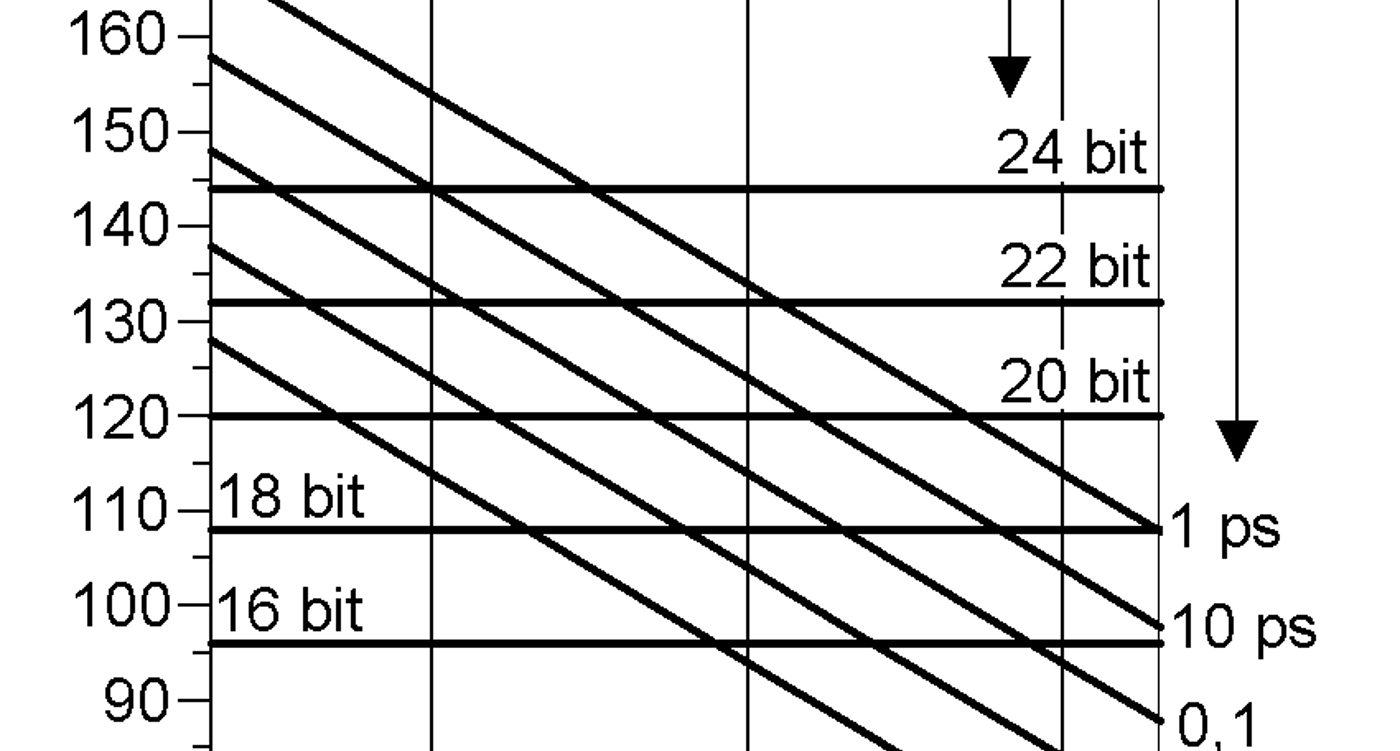Figure 1 This diagram shows the relationship between the jitter and the noise generatedcompared to the noise floor determined by a given bit-resolution (16-24 bit).
Sampling jitter occurs when the sampling clock does not run at a fixed rate. Jitter is measured and indicated by time, typically pico-seconds or nano-seconds. This value indicates the deviation from the ideal timing.
Sampling jitter is usually due to external influences, such as a power supply that is not entirely stable. Instability may occur since there are circuits other than the converter supplied from that power supply. The cause can also be neighboring wires that inductively affect the sampling. The result is a reduced signal-to-noise ratio. In practice, one can see a reduction of the signal-to-noise ratio (or dynamic range) of 20-30 dB for the same converter, depending on its location and its power supply.
Transmission jitter occurs, for example, in longcables. Since the digital signal is a high frequency with a specific bandwidth, jitter may occur due to inductive conditions in the cable. Here, it is a matter of the subsequent DA-converter being jitter-repellent.
